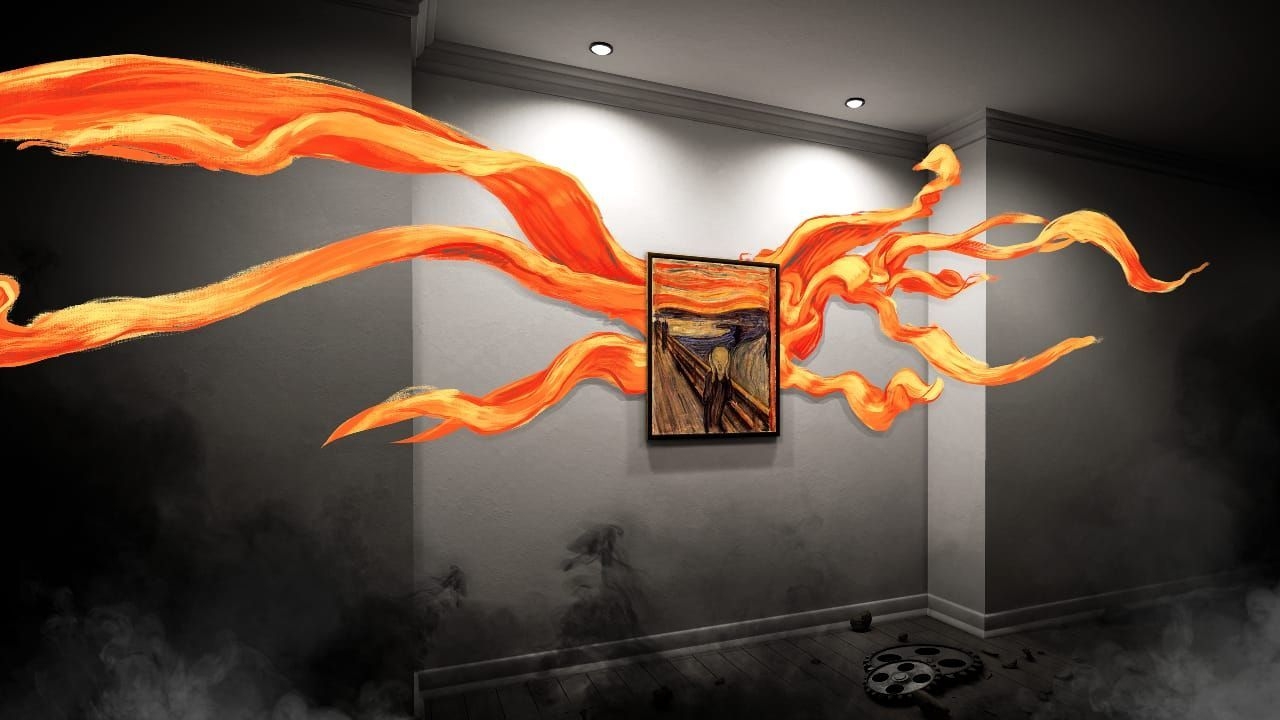Art in different forms

"Art is one of the most general categories of aesthetics, art history and artistic practice. Usually, art means a figurative understanding of reality; the process and result of the expression of the inner and outer (in relation to the Creator) world."
And he continues:
"Art is a creative activity that reflects the interests of not only the author himself, but also other people. " "What is generally interesting in life," wrote Chernyshevsky, "is the content of art."
It turns out:
Art is a way for a person to know himself, other people and the world through the prism of his activities.
Both the methods and tools and the language of art changed from era to era, reflecting the views and values of society in a particular period: for example, during the Renaissance, the views of painters, sculptors and philosophers were turned to the idea of the ideal person, city and society. Art glorified the gods and created utopias. For comparison, we can recall the art of the times of the USSR: all the "correct", "approved" art worked for the party, its values and the leader.
Now is the time for contemporary art, which includes the entire experience of generations. By taking, processing and analyzing the works of old masters, artists invent their own language of narration and conversation about problems.
Contemporary art begins with the artistic practices that developed at the end of the twentieth century and continues to the present day inclusive. There is no exact definition of what contemporary art includes, everything is very plastic and streamlined. But the main thing remains - contemporary art, like art in general, is a way to enter into a dialogue between the artist and the viewer, and the forms and methods that are used to enter into this dialogue are currently fading into the background. Thus, contemporary art goes beyond the boundaries of canvas, sculpture, staging. New genres are emerging: action, performance, installation and, with the advent of technology, digital art.
Let's approach the concept of "digital art":
Wikipedia again:
"Digital art, aka computer art, aka digital art, is a direction in art based on the use of computer programs and technologies, the result of which is a work of art in digital form."
On the basis of digital art, works are created in completely different directions. For example, the very first is the so-called Mathematical Art.
Mathematical Art is an image or sound that is generated by a computer through the use of a specific algorithm. Algorithmic art is capable of creating works of great complexity and beauty (note: fractals).
Immersive Art is an art that involves immersion in an object and subsequent interaction with it. This kind of art combines the real and computer worlds, blurring the boundaries between them.
Virtual Reality (VR) is now a well-known virtual reality technology in Russia. This genre involves working as a person, contacting him through different senses. You can interact with VR, thereby enhancing the effect of immersion in another world.
Digital Illustration - illustrations and paintings created by the artist using a computer / tablet and special programs. Such works are vector and raster.
3D Art is an image modeled using a 3D program in three-dimensional space. The end result is a render of the object with possible post-processing in editors.
Sound art is a sound art that includes sound sculpture, sound installation and sidescape.
Motion design - animation design of static 2D images. This type of digital art involves working on three levels: video, sound, text, thereby having a stronger impact on a person's emotional perception.
Augmented reality (AR) is the introduction of digital augmented data into the field of human perception. AR is widely used in the world: art, medicine, game industry, education.
- Arts
- Business
- Computers
- Giochi
- Health
- Home
- Kids and Teens
- Money
- News
- Recreation
- Reference
- Regional
- Science
- Shopping
- Society
- Sports
- Бизнес
- Деньги
- Дом
- Досуг
- Здоровье
- Игры
- Искусство
- Источники информации
- Компьютеры
- Наука
- Новости и СМИ
- Общество
- Покупки
- Спорт
- Страны и регионы
- World


